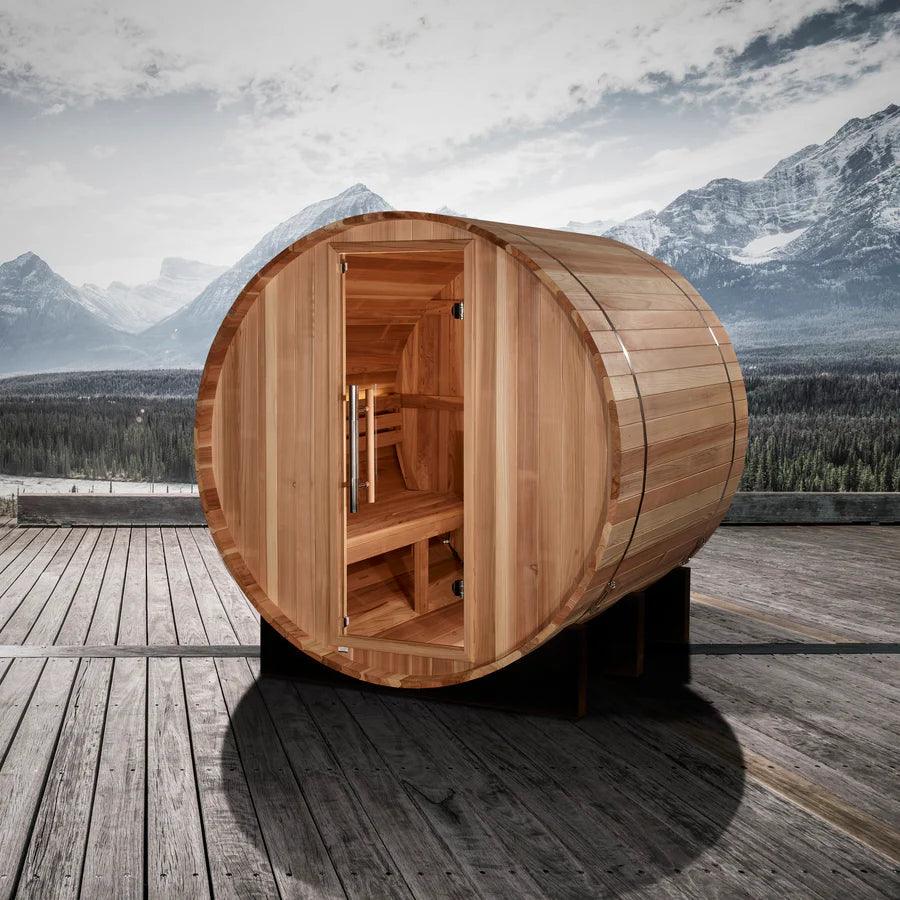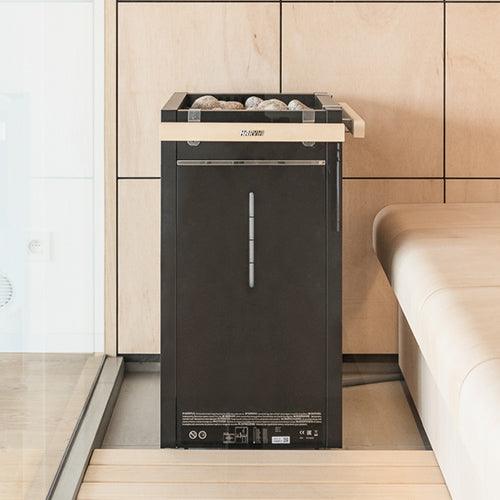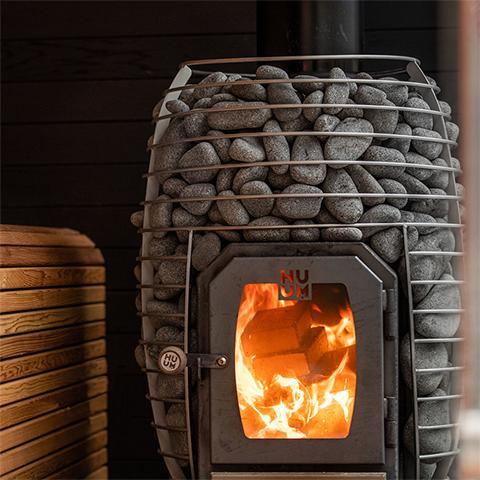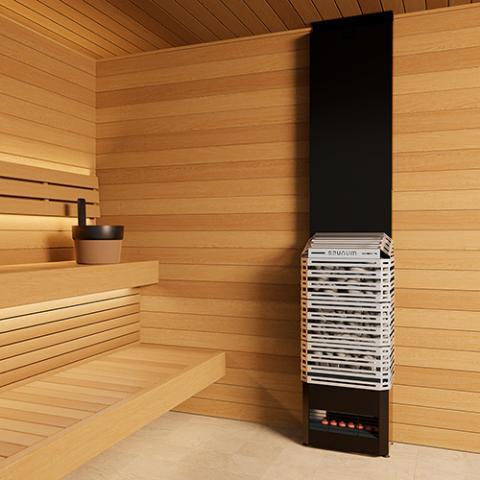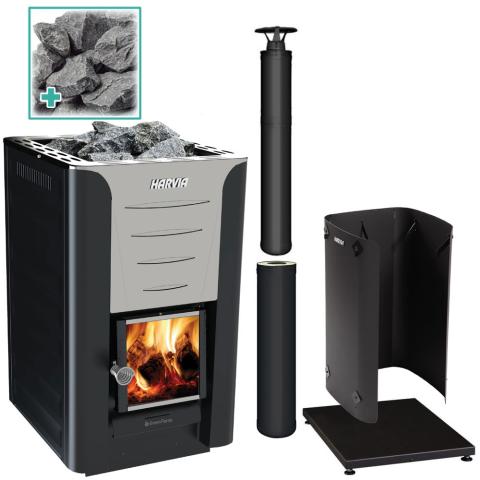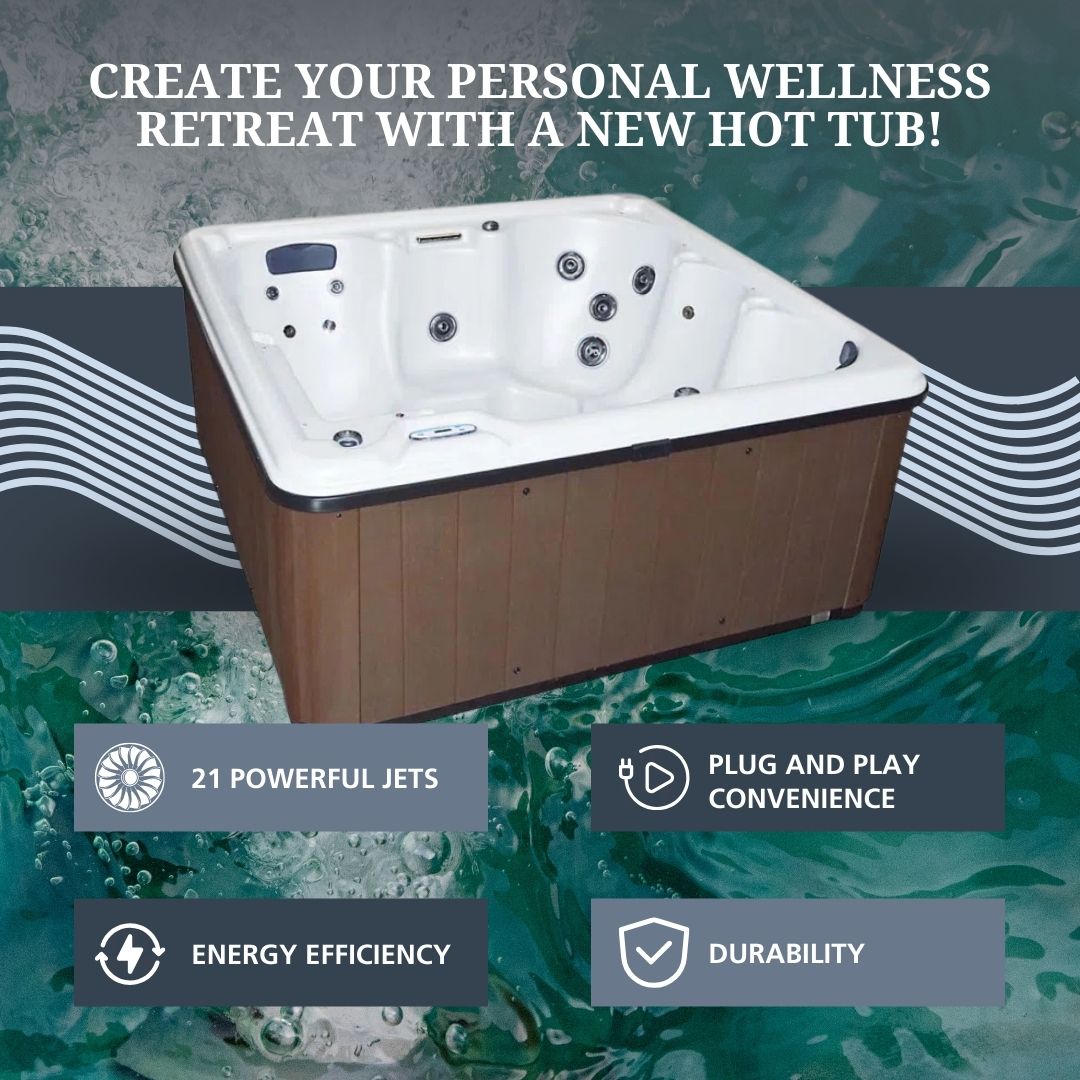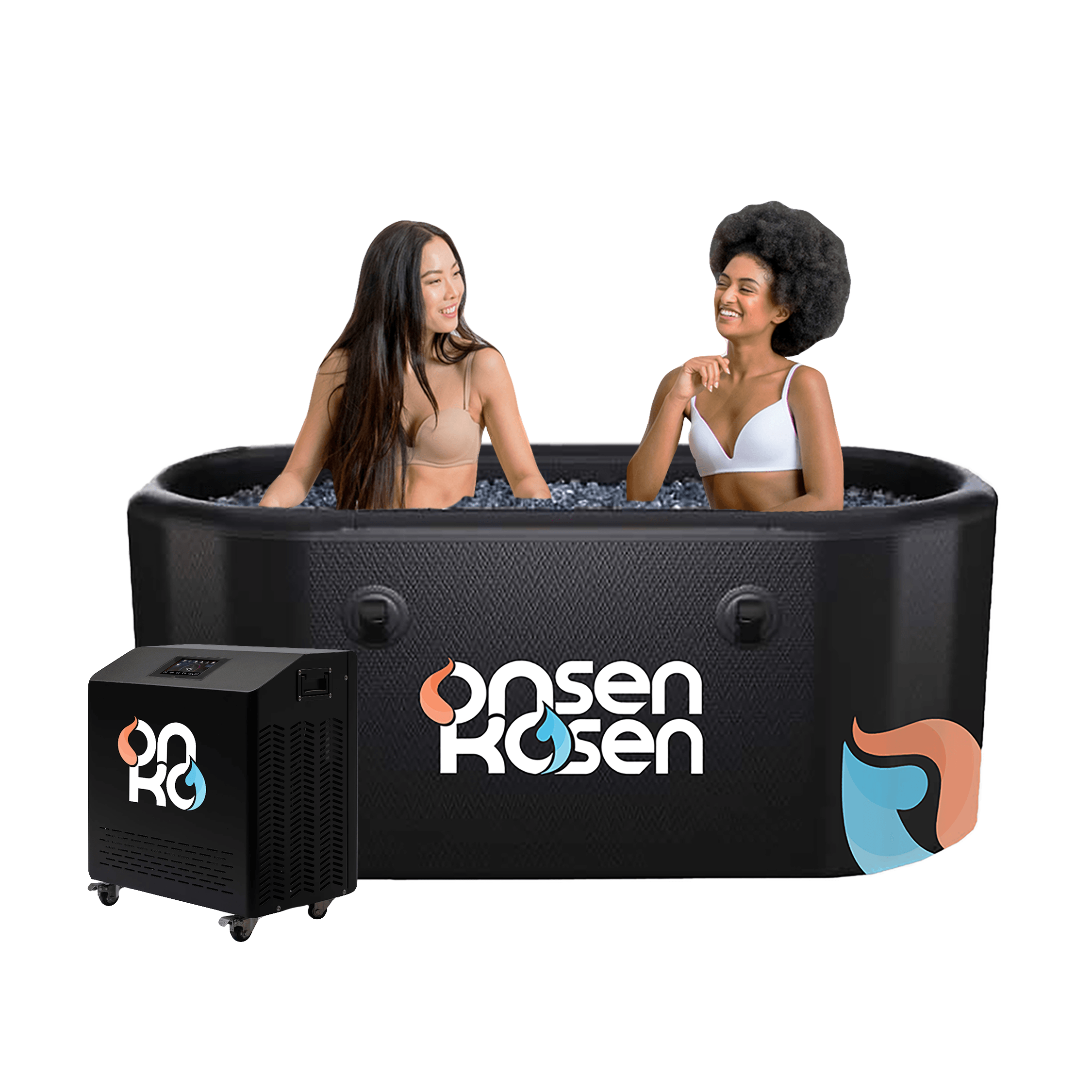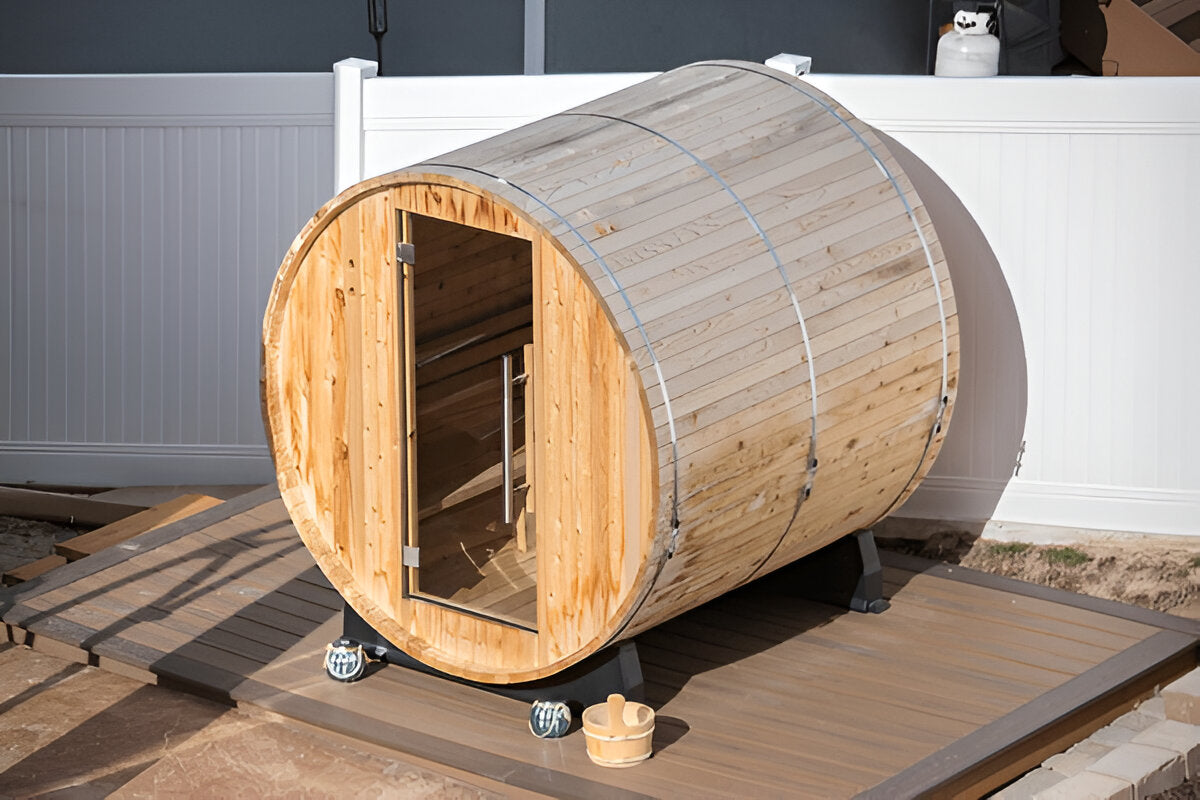Sauna temperatures vary widely based on the type of sauna you use. Traditional dry saunas can soar as high as 220°F, while infrared saunas typically max out at 140°F, and steam saunas operate in the range of 90-120°F. Finding your ideal sauna temperature involves balancing personal comfort and safety within these ranges to ensure an enjoyable and beneficial experience.
Key Takeaways
- Sauna temperatures vary by type: Traditional saunas range between 150-195°F, infrared saunas between 100-140°F, and steam saunas at 90-120°F with high humidity.
- Personal comfort, health goals, and tolerance play a significant role in determining the best temperature for you.
- Safety is crucial: Gradually increase sauna temperatures, stay hydrated, and monitor your body’s responses to avoid overheating or dehydration.
Understanding Sauna Temperatures
Ever wonder why some people thrive in intense sauna heat while others find it overwhelming? Sauna temperature preferences are deeply personal and depend on the type of sauna and how it interacts with your body. Here’s a closer look at the three main types of saunas:
Traditional Finnish Saunas
Known for their high temperatures, traditional Finnish saunas usually operate between 150-200°F (65-93°C). Most enthusiasts prefer a range of 150-175°F, which promotes sweating and skin evaporation to help regulate body temperature. For health benefits, aim to keep the sauna’s temperature between 155-175°F.
Infrared Saunas
If you prefer milder heat, infrared saunas are a great choice. Operating between 100-140°F (40-60°C), these saunas use infrared lamps to directly heat your skin rather than the surrounding air. This allows you to enjoy a deep, warming experience without intense heat. Infrared saunas are especially appealing for prolonged sessions, with many finding 100-125°F to be the sweet spot.
Steam Saunas
Steam saunas, or steam rooms, offer a different experience with high humidity and lower temperatures, typically between 90-120°F. The humidity intensifies the perceived heat, making it feel hotter than it actually is. To optimize comfort, follow the “Rule of 200”—combine the temperature and humidity levels to total around 200. For example, at 120°F, the humidity should be approximately 80%.
How to Determine Your Ideal Sauna Temperature
Finding your perfect sauna temperature requires some experimentation. For instance, I enjoy 20-minute sessions at 175°F, but your ideal settings may vary. Personal preferences, tolerance, and wellness goals play a significant role:
- Health Goals: Regular sauna use at around 175°F for 20 minutes, four times a week, has been linked to cardiovascular benefits and reduced stroke risk.
- Relaxation: If relaxation is your goal, a lower temperature around 150°F might be more suitable for extended sessions after a workout.
Safety Tips for an Enjoyable Sauna Experience
To make the most of your sauna sessions while ensuring safety, follow these essential guidelines:
Start Low and Build Up
Begin with lower temperatures, especially if you’re new to saunas. Gradually increases the heat as your body acclimates to avoid discomfort or adverse effects. Over time, you’ll likely build tolerance for higher temperatures and longer sessions.
Stay Hydrated
Proper hydration is critical. Drink a pint of water before your session and keep water handy during your time in the sauna. Post-session, replenish fluids to replace what you’ve lost through sweat. For added recovery, consider drinks with electrolytes like coconut water or sports beverages.
Listen to Your Body
Pay close attention to how you feel. Signs of overheating, such as dizziness, nausea, or lightheadedness, mean it’s time to step out and cool down. Always prioritize your comfort and safety.
Therapeutic Benefits of Sauna Types
Saunas offer a range of health benefits, and each type provides unique advantages:
Traditional Finnish Saunas
These saunas support cardiovascular health, detoxification, improved blood flow, and immune function. Regular use can also relieve migraines, reduce stress, and enhance skin health.
Steam Saunas
With their high humidity, steam saunas are excellent for:
- Lowering blood pressure
- Alleviating joint stiffness
- Clearing respiratory congestion
- Enhancing skin hydration
Infrared Saunas
Infrared saunas offer muscle recovery, improved athletic performance, and relief from chronic pain. They also help alleviate symptoms of stress, anxiety, and depression for better mental well-being.
Maximizing Your Sauna Experience
To optimize your sauna sessions:
Duration and Frequency
Start with shorter sessions (10-15 minutes) and gradually increase to 20-45 minutes, depending on your stamina and the sauna’s temperature. Regular users may opt for multiple rounds with cooling breaks in between.
Post-Sauna Recovery
Cool down gradually after your session with a cold shower, dip in a pool, or simply relax in a cooler environment. Incorporating breathing exercises, like the Wim Hof method, can further enhance relaxation and recovery.
Summary
The ideal sauna temperature varies by type and personal preference. Traditional Finnish saunas, infrared saunas, and steam saunas each offer unique temperature ranges and health benefits. To ensure a safe and enjoyable experience, gradually acclimate to higher temperatures, stay hydrated, and pay attention to your body’s signals.
By understanding these nuances, you can tailor your sauna sessions to your wellness goals and fully enjoy their therapeutic benefits. So, find your perfect temperature, relax, and enjoy the heat!
Frequently Asked Questions
What is the ideal temperature for a traditional Finnish sauna?
The optimal range is 140-200°F (60-93°C), with most people preferring 150-175°F.
How do infrared saunas differ from traditional saunas?
Infrared saunas use lamps to heat the body directly, providing a milder, more uniform heat compared to traditional saunas, which heat the surrounding air.
How long should a sauna session last?
Start with 10-15 minutes and gradually increase to 20-45 minutes, taking cooling breaks in between.
What safety precautions should I take?
Gradually increase the temperature, stay hydrated, and monitor your physical state. Consult a healthcare provider if you have medical conditions, are pregnant, or are older.
How often should I use a sauna?
For maximum benefits, aim for four sessions a week, each lasting at least 20 minutes.

